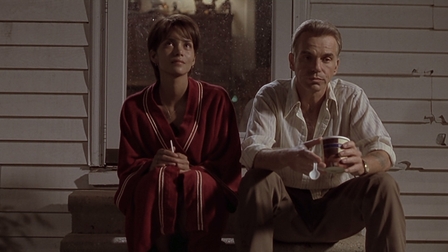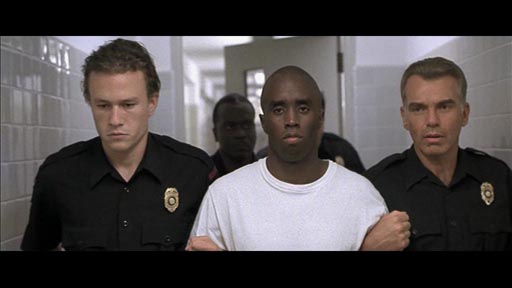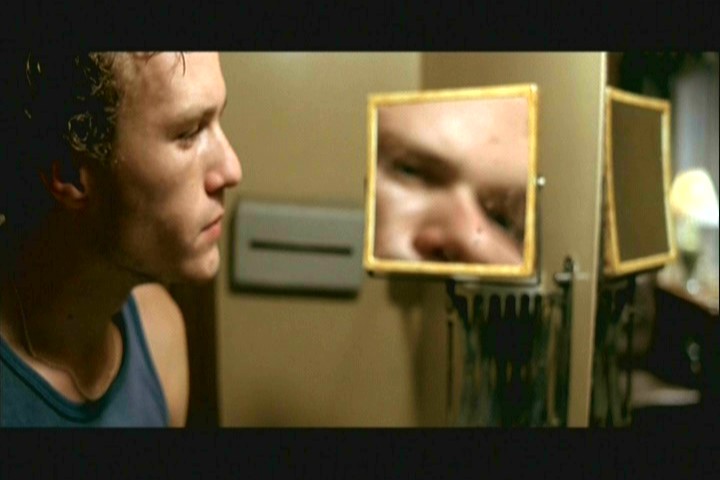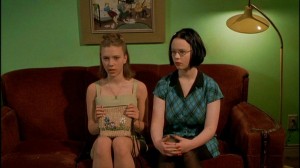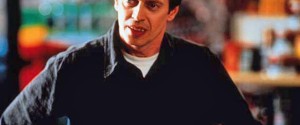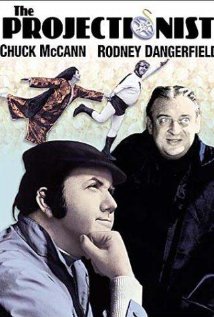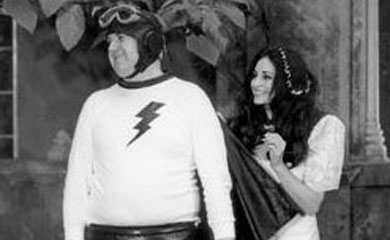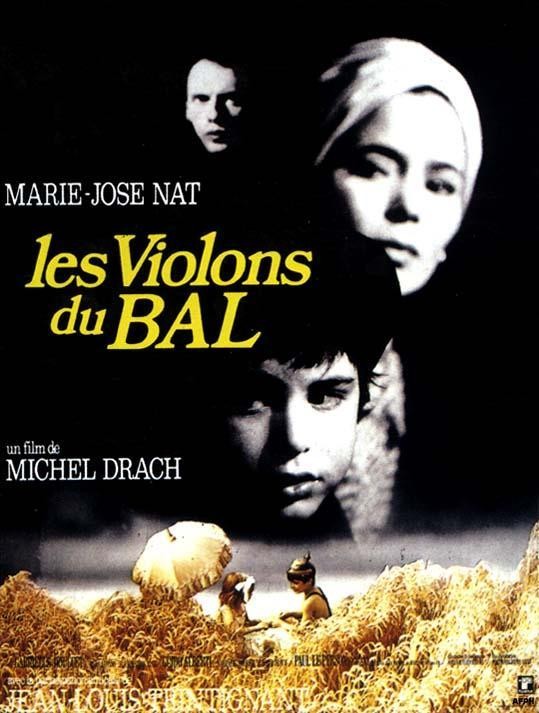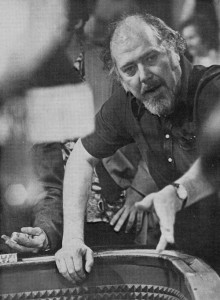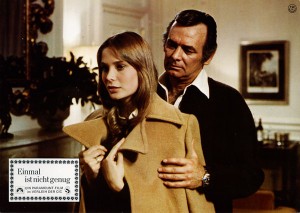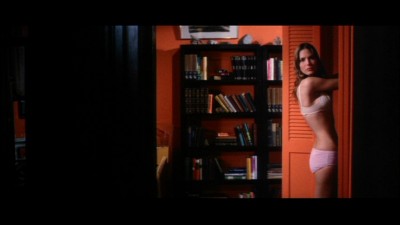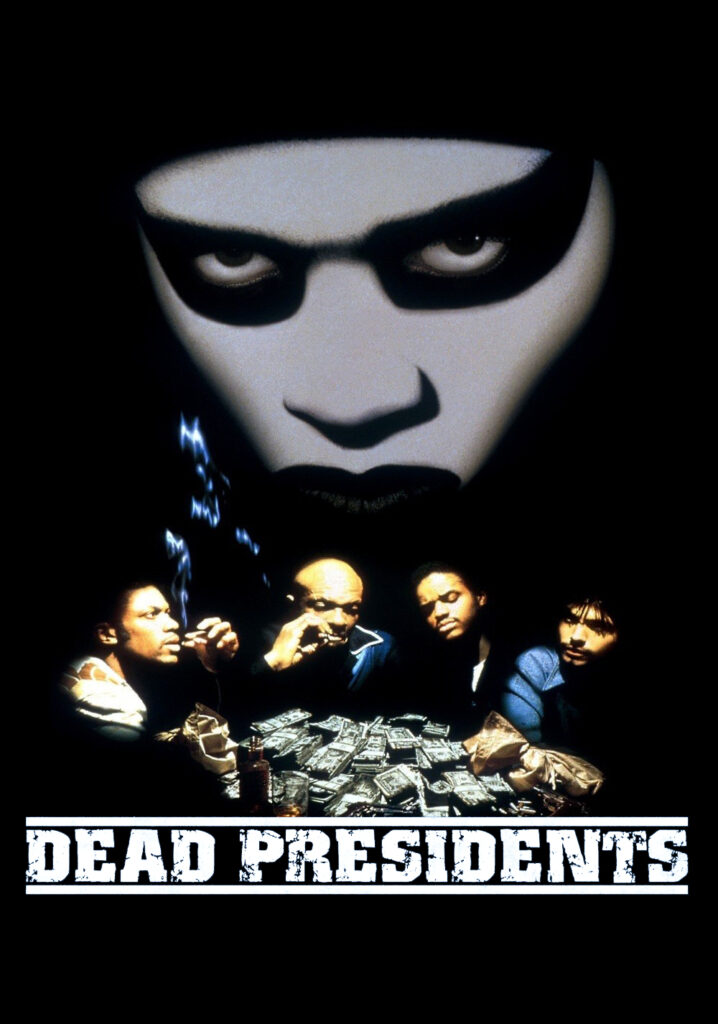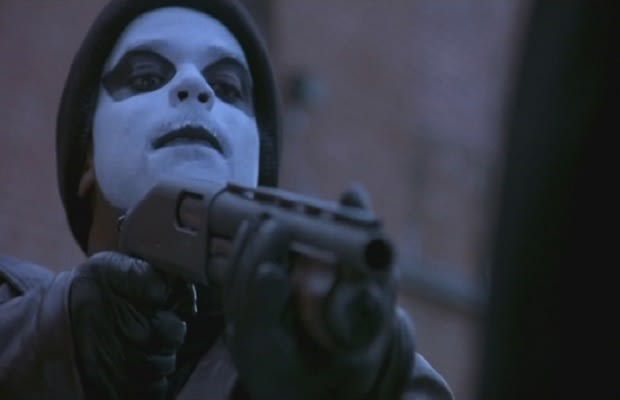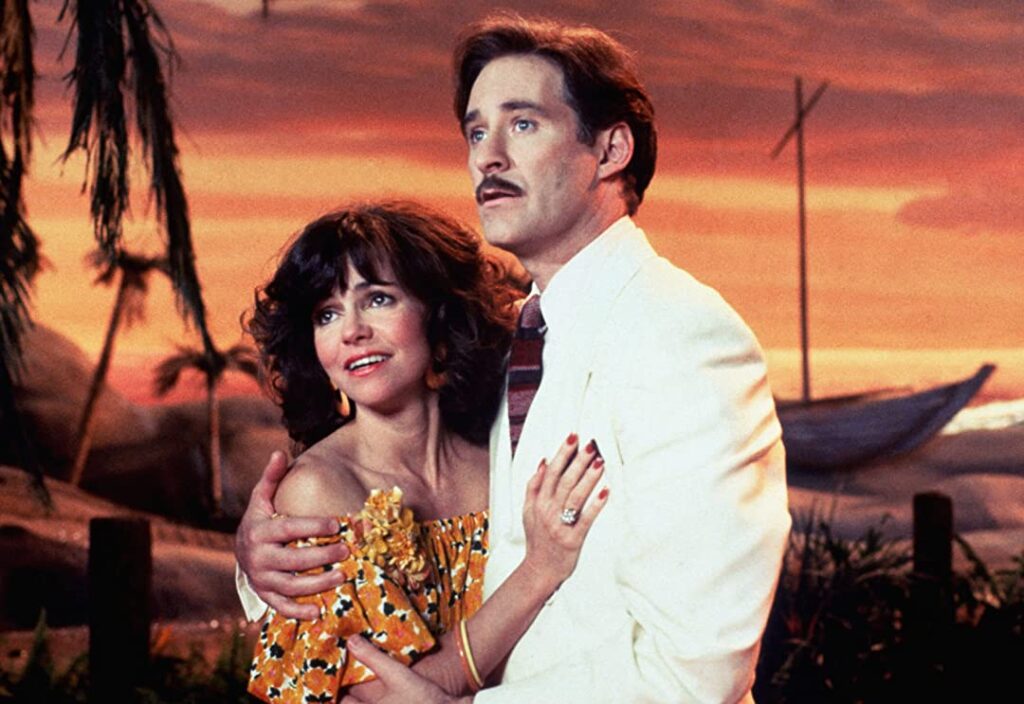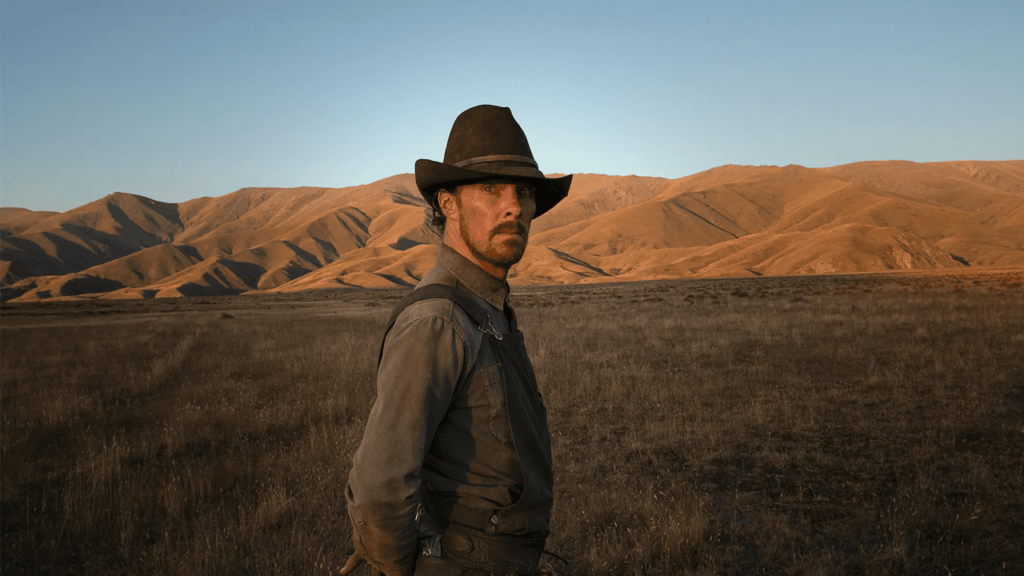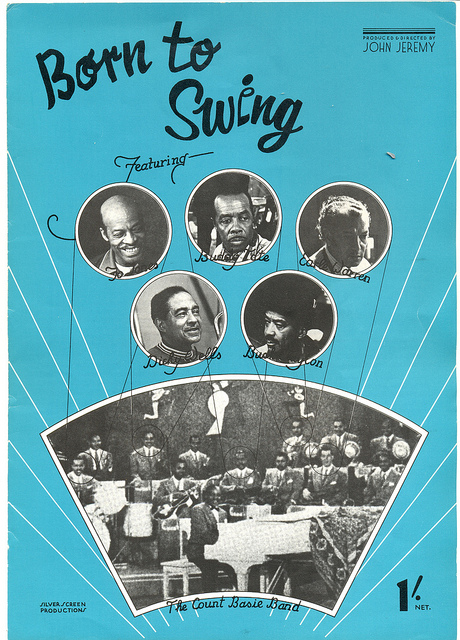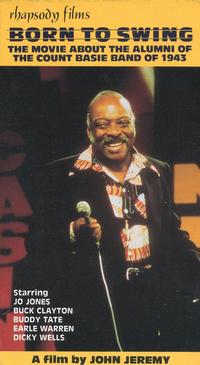From the Chicago Reader (February 22, 2002). — J.R.
Monster’s Ball
** (Worth seeing)
Directed by Marc Forster
Written by Milo Addica and Will Rokos
With Billy Bob Thornton, Halle Berry, Peter Boyle, Heath Ledger, Sean Combs, Mos Def, and Coronji Calhoun.
Monster’s Ball is a Hollywood art movie; even the fancy color graphics imposed on the seedy milieu behind the opening credits tell us that. For some viewers, including a few reviewers, the movie becomes bearable only after an hour of misery, when the lead characters, Hank Grotowski (Billy Bob Thornton) and Leticia Musgrove (Halle Berry), finally get around to having their big sex scene (which I have to admit is worth the price of admission). Maybe the sex is prompted by these characters’ mutual misery, but it also happens because this is a Hollywood movie and these are its stars. And because it’s also an art movie, all the misery preceding the scene makes it feel earned.
Hank is a white corrections officer at the state pen in Georgia who recently guided Leticia’s husband, who’s black, to the electric chair, though it takes him a long time — and her even longer — to figure out the connection. Read more

